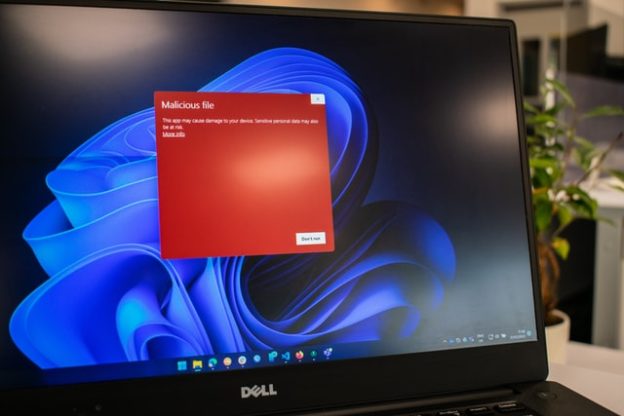Malware is short for ‘malicious software’, that is, any program that performs malicious activities. We use the terms malware and malicious code interchangeably. Malware comes with a wide range of shapes and forms, and with different classifications accordingly, e.g., viruses, Trojans, worms, spyware, botnet malware, ransomware, etc.
Malware carries out many of the cyberattacks on the Internet, including nation-state cyberwar, cybercrime, fraud and scams. For example, Trojans can introduce a backdoor access to a government network to allow nation-state attackers to steal classified information. Ransomware can encrypt data on a user’s computer and thus making it unaccessible to the user, and only decrypt the data after the user pays a sum of money. Botnet malware is responsible for many of the Distributed Denial-of-Service (DDoS) attacks as well as spam and phishing activities. We need to study the techniques behind malware development and deployment in order to better understand cyberattacks and develop the appropriate countermeasures.
As the political and financial stakes become higher, the sophistication and robustness of both the cyber defence mechanisms and the malware technologies and operation models have also increased. For example, attackers now use various obfuscation techniques such as packing and polymorphism as well as metamorphism to evade malware detection systems [1], and they set up adaptive network infrastructures on the Internet to support malware updates, command-and-control, and other logistics such as transits of stolen data. In short, it is becoming more important but also more challenging to study malware.
The rest of this chapter is organised as follows. We will provide a taxonomy of malware and discuss their typical malicious activities as well as their eco-system and support infrastructures. We will then describe the tools and techniques to analyse malware behaviours, and network- and host- based detection methods to identify malware activities, as well as processes and techniques including forensic analysis and attribution to respond to malware attacks.
Course Content
About Instructor



